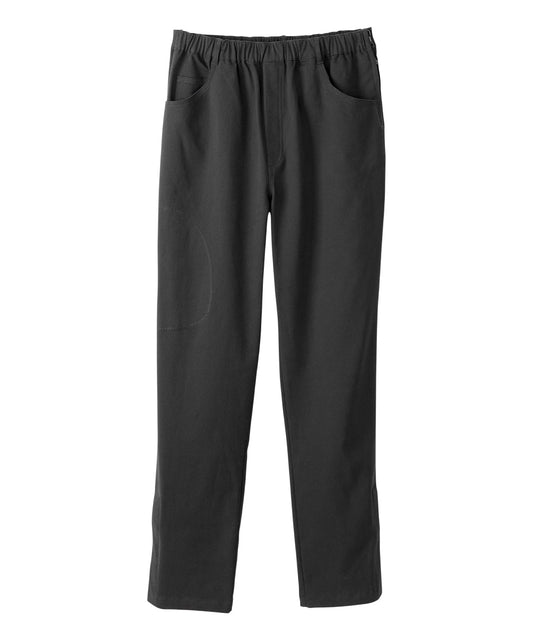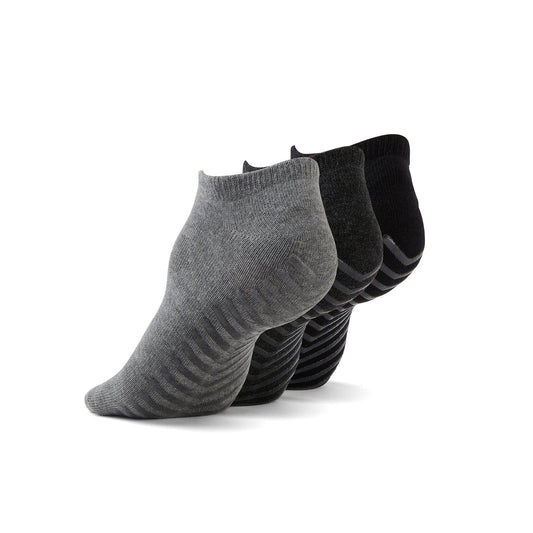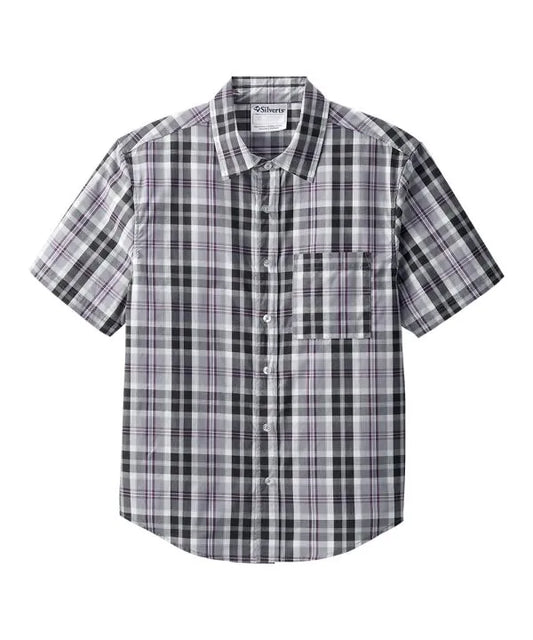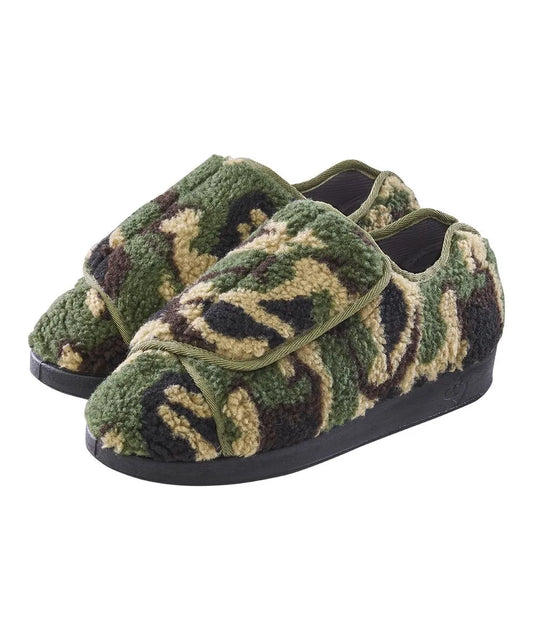Photo by Artem Beliaikin on Unsplash
Written by Maddie Feldhake in collaboration with Viterbo University
In-person shopping is its own special sensory overload, as anyone shopping with someone with clothing sensitivities can attest to. There’s the overpowering fluorescent lights, the crowds of people, the crying children, people standing too close, anxiety steadily rising – it’s a recipe for an epic meltdown and an all-around miserable experience for everyone.
The “finding portion” of clothes shopping is not easy either: No tight sweatshirts or collars around the neck. Check the inside of the shirt: any itchy seams? Reject. Cute but itchy clothing? Forget about it. Any suitable socks? Not yet. Tags require the unhappy medium of removing the feelable-offending fabric without cutting the shirt. To become wearable, this takes two or three attempts, and nagging and negotiating with your model.
What am I talking about? Sensory issues, predominantly regarding those with Sensory Processing Disorder (Yes, this is a real thing. No, it’s not in the DSM yet).
Clothing sensitivities are frustrating and difficult to deal with. Sensory disorders are hard to understand when you lack information. This is especially the case when they show up alongside other disabilities, such as attention deficit hyperactivity disorder (ADHD). But by learning a little bit more about this, you can find clothing and fabrics that work for your family.
What are clothing sensitivities? How does this relate to Sensory Processing Disorder?
Clothing sensitivities occur when a person struggles to find clothing that does not trigger sensory issues. Common clothing issues include rough, course, or itchy fabric being unbearable and painful, or being unable to tolerate tags, seams, sweaters, or lumps in socks, or sweaters. Some people cannot bear shirts with necks that are tight or tight clothing in general. These specific clothing needs are often caused by Sensory Processing Disorder (SPD).
People with SPD have some senses that are “hypersensitive,” with their sensory system becoming easily overwhelmed, which can cause sensory overloads. Their remaining senses are under sensitive, or “hyposensitive,” and leave people craving sensory stimulation like tight clothing or weighted jackets. With SPD, everyone has a unique sensory system set up, so while someone may find even the lightest touch excruciating, someone else may crave hugs. This means there is not one set of clothing that works for everybody.
What causes SPD?
Sensory overloads happen when one's brain receives too many sensory signals, related to senses of sight, hearing, smell, taste, touch, balance and coordination (vestibular), and bodily awareness (proprioceptive). WebMD explains that the brain, when overwhelmed by this, thinks you are in a life and death battle. This is why sensory overload symptoms include the following:
- Emotions like anxiety, irritability, or anger.
- Symptoms like nausea, sweating, fast heartbeat, dizziness, difficulty breathing, an upset stomach.
- Problems like difficulty focusing on anything beyond the pain or discomfort that the sensory trigger(s) cause.
Children in particular have symptoms that include meltdowns and avoiding or running from certain locations or situations. More symptoms of SPD in children can be found at the OT Toolbox, which offers occupational therapy activities and resources for parents and other professionals.
At the moment, SPD is not a diagnosable condition by itself, but rather an accompanying feature of ADHD, autism, or both. Of course, ADHD then complicates sensory issues, but the right clothing can help. Learning more about how ADHD and SPD interact can help you and your loved one(s) cope with these challenges.
June Adaptive addresses some complications regarding clothing in autistic people here.
Can ADHD Cause Clothing Sensitivity?
Sensory Processing Disorder is common among people with ADHD, to the point that in 2019 researchers called for “sensory over-responsivity” to be part of the diagnosis criteria. Web MD notes that 40% of children with symptoms of “either ADHD or SPD had symptoms of both.”
Unfortunately, the symptoms of ADHD worsen the effects of SPD and vice versa. For example, people with ADHD struggle to regulate their emotions and actions, and the intense emotions caused by sensory overloads make this more difficult. Another factor is that people with ADHD often struggle with executive functioning (including struggling to remember, organize, prioritize tasks). They are often in a rush and may not be able to immediately remove clothing that is causing them distress.
Although not all people who struggle with sensory overload have ADHD or other neurodevelopmental disorders; a significant amount of this community experience both. By treating sensory overload, which may include sensory-friendly adaptive clothing, children with ADHD are better equipped to navigate our challenging world with confidence and comfort.
How can people learn to cope with sensory Issues and clothing sensitivities?
While SPD is overwhelming and colors every facet of someone’s life, clothing sensitivity alone is still incredibly difficult. As we must wear clothing constantly, clothing induced sensory overloads puts people’s nervous systems in a constant state of stress. This makes it difficult for children to be their best selves, make friends, learn, and succeed.
SPD is an isolating condition, for both people who have it and their parents. Parents are blamed when children “throw tantrums” in response to unfriendly sensory experiences, ranging from socks to scents. Babies who are unable to tolerate diapers either cannot go to daycare, or they go to daycare and experience severe distress all day long. Anyone over the age of a toddler must wear clothing, no matter how painful, if they leave their house. Spending 45 minutes every morning arguing with and listening to your child cry and complain because every pair of pants hurts them is a Herculean, thankless task (for all parties). Hillary Frank recounts being trapped in her home for a month, long before COVID, because her 15-month-old found clothing just too painful to wear. For parents struggling with these problems, some practical advice like budgeting extra time into routines can be found at Your Kid’s Table, a blog aiming to educate parents on sensory and feeding issues by occupational therapists who also have children who struggle with these problems.
Sensory Friendly Adaptive Clothing
Without appropriate intervention, accommodations, and strategies, people with SPD struggle to survive a world too loud, bright, close, painful. For clothing sensitivities, solutions include finding sensory-friendly adaptive clothing.
While children with SPD have wide ranging sensory experiences, in general textures must be extraordinarily soft, with a range of adaptive features that avoid sensory triggers. This may look like having pants with a drawstring that equally distributes the pressure instead of buttons or a zipper. Or Velcroed or zippered shoes that remain nice and snug without needing to struggle with shoelaces. Having clothing that will not slip or bunch together, especially socks, is another consideration. Not to mention having clothing with flat seams, like diabetic socks, is a requirement.
Best Fabrics for Sensory Needs
Clothing from 100% (or blends of) natural fabrics work best for sensory issues. They tend to be super soft and non-irritating to sensitive skin and for sensory sensations. Their breathable nature prevents overheating, promotes air circulation, wicks sweat, and keeps skin nice and dry. This breathability and that these fabrics don’t make skin sweat means people are also less likely to be allergic to or get a rash from these fabrics. If dyes are an issue, choose lighter colored or white clothing, and wash it several times before wearing it. (In general, washing clothing several times can gentle the fabric.)
The best fabrics include the following:
- Bamboo is a wrinkle-resistant, hypoallergic fabric that is as soft as silk and perfect for people with sensitive skin. With a moisture wicking nature, bamboo works well for those who struggle with sweat or live in warm climates as it dries fast. This also makes it a great choice for athletic gear. In addition, its antibacterial properties offer odor protection and require less frequent washing. That said, bamboo fabric tends to be more expensive and requires delicate washing.
- Cotton is prized for its soft and lightweight, hypoallergic fabric. As a versatile fabric, a large swath of one’s wardrobe can be made of this ultra soft material. It's best to get organic cotton, as its production chemicals tend to irritate sensitive skin.


- Linen comes from flax plants’ stems and is advantageous for warmer temperatures. This is because linen dries quickly and does not trap in heat or sweat. Hawthorn notes that linen fabric is around 30% stronger than cotton fabric while only being slightly heavier. This makes this skin-friendly fabric more durable, less likely to tear. =This fabric is a wise investment with a long closet life.

Closing Clothing Thoughts
There is a whole catalogue of reasons people have sensory problems with their clothing, and one prominent reason is Sensory Processing Disorder. This condition causes sensory overload (the result of one’s brain becoming overwhelmed by too many sensory inputs), turning clothing into a barrier to overcome. In general, the best clothes for people with sensitivities are made with natural fabrics, which include cotton, linen, and bamboo.
Sensory-friendly adaptive clothing allows people to (more) comfortably participate in all facets of life and diverts their – and your – emotional energy elsewhere. This reduces family tensions and can improve the parent-child relationship. With all the challenges that clothing sensitivities add, let June Adaptive’s sensory-friendly adaptive apparel overcome the challenge of finding sensory suitable, fashionable clothing.
Find all mentioned products and more at JuneAdaptive.com. Kindly subscribe to our newsletter at the bottom of this page for more content like this.















